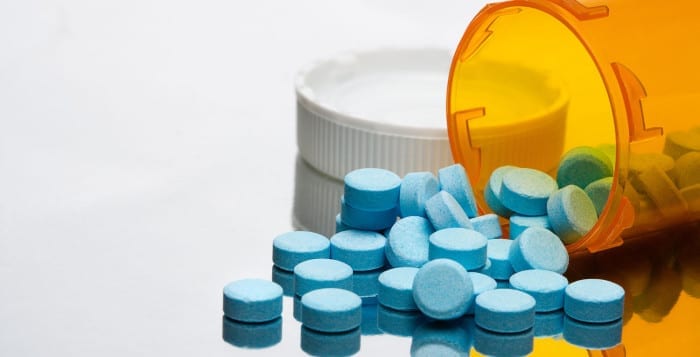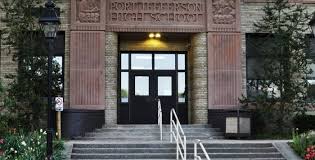Setauket commissioner cautions against addiction
By Kevin Redding
“We have a problem, and that problem is heroin. It’s a harsh reality.”
Setauket Fire Commissioner Jay Gardiner spoke at length about the heroin and opiate addiction issue that has swept Suffolk County at a Three Village Civic Association meeting at the Emma S. Clark Library on Monday night.
As guest speaker, Gardiner addressed the importance of having a dialogue with teens and children about the dangerous consequences of these specific drugs and staying on top of how much medication people consume to avoid overdoses. Gardiner also said it was important that residents recognize why heroin has become so prevalent.
According to Gardiner, the county’s affluence plays a large factor.
“Among the most common hard drugs, including methamphetamine and crack, heroin is the most expensive,” Gardiner said. “Out on the South Shore and other areas on Long Island that have different financial demographics, cheap drugs like methamphetamine and crack are much more obtainable while heroin isn’t. High schoolers and college students in Suffolk County, whose ages make up the majority of users, might have an ability to buy the more expensive drug.”
In the United States, drug overdose deaths have exceeded car crashes as the number one cause of injury death, according to U.S. Sen. Chuck Schumer (D-N.Y.). Two Americans die of drug overdoses every hour and 2,500 youths aged between 12 and 17 abuse prescription drugs for the first time every day. According to the Centers for Disease Control and Prevention (CDC), opioids — a class of drugs that include prescription pain medications and heroin — were involved in 28,648 deaths nationwide in 2014.
Gardiner admitted that he can’t lecture on how to control every North Shore kid’s behavior, however, and steered his presentation less on how to prevent the drug use and more on how to recognize when somebody is experiencing an overdose and being able to take the appropriate steps to save their lives. He specifically focused on using the anti-opiate overdose antidote Naloxone, sold under the brand name Narcan.
Gardiner said he knows of hundreds of cases just last year in which Narcan saved someone’s life from overdose in Suffolk County, and said that number is growing exponentially.
“We use this atomizing medication Narcan when the person we see is not responding,” said Gardiner, who demonstrated how to exert the intranasal spray into each of the patient’s nostrils. “You will revive these patients, if you’re fortunate enough to be in the right place at the right time, in minutes. We use the nose because it’s a large area where it will be absorbed to the bloodstream and remove the opiate effects in that bloodstream quickly.”
As Gardiner explained in his presentation, it’s nearly impossible to find an IV on a patient who has just overdosed because the veins are often badly sclerosed, as indicated by track marks all over the arm. On top of a quick and effective route for absorption, by using the nose as an entry, there’s a much lower risk of exposure to blood.
Because Narcan is also effective against more commonly taken opiate drugs, pain reducers like morphine, oxycodone and fentanyl, older people especially should be aware of how it’s used in a worst case scenario where too many pills are taken to subside an excruciating pain, and an overdose occurs.
Shawn Nuzzo, president of the Three Village Civic Association who brought Gardiner in to speak, says that despite the war on drugs in our country being a failure socially and medically, normal everyday people can make a difference now.
“It’s like having a fire extinguisher in your house,” said Nuzzo. “It’s not gonna fix faulty wiring, but it’s good to have it there if you need it. It’s so important that people learn how to use antidotes like this. People need to learn how to use a fire extinguisher and they need to learn how to use Narcan.”
Earlier this month, New York Gov. Andrew Cuomo announced that pharmacies across New York State would be providing Narcan to its customers without prescription, making it an extremely convenient and important addition to every resident’s medicine cabinet.
“Addiction’s an illness,” Gardiner said. “If you’re a diabetic, you carry insulin. If you’re bipolar, you have drugs to treat bipolar illness. We can’t treat addiction with drugs but we can certainly have these things around in case of an emergency because it is an illness and it’s so important to have this in your home. We can’t cure the addiction, but we can save the life even if it’s only temporarily.”







